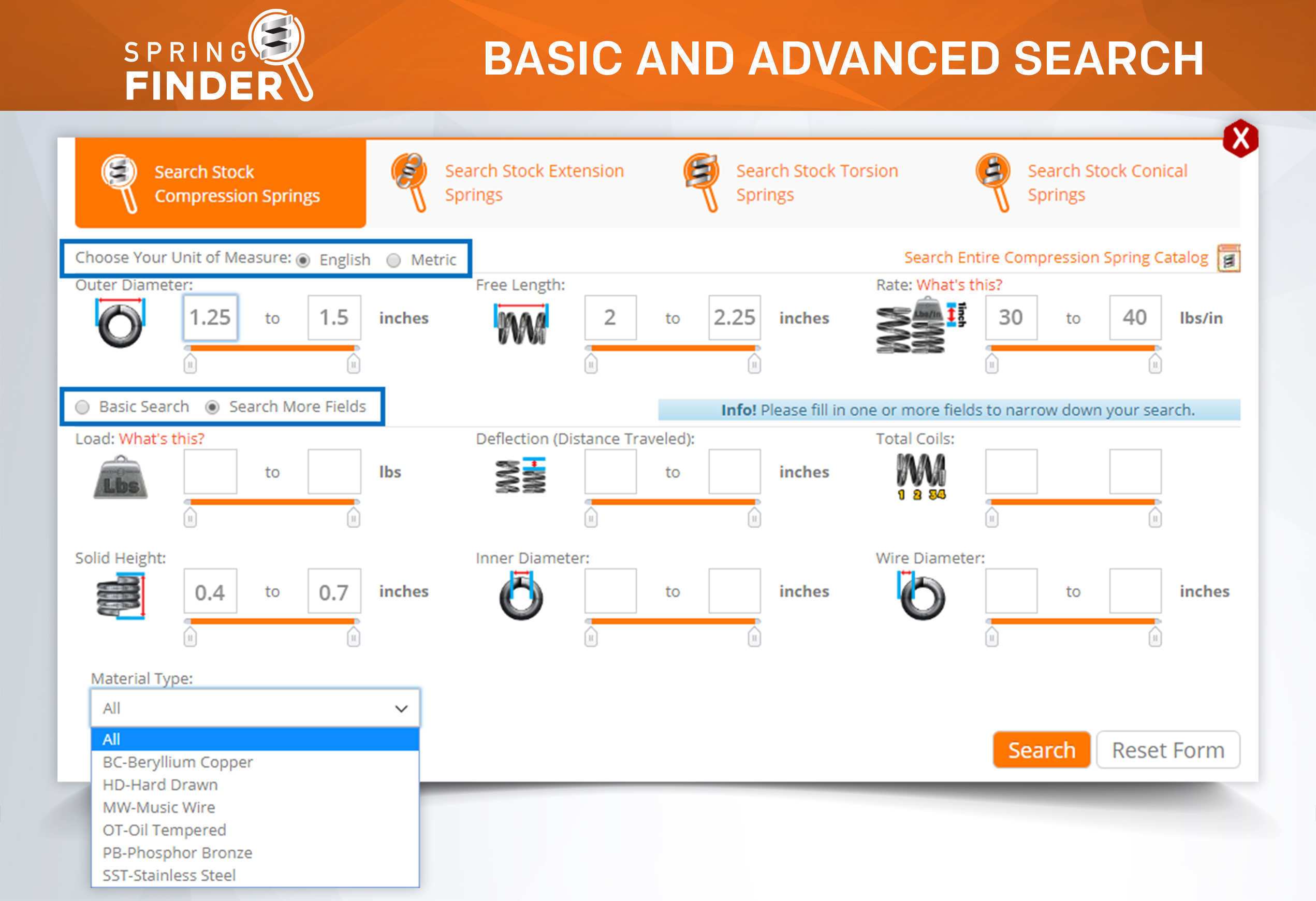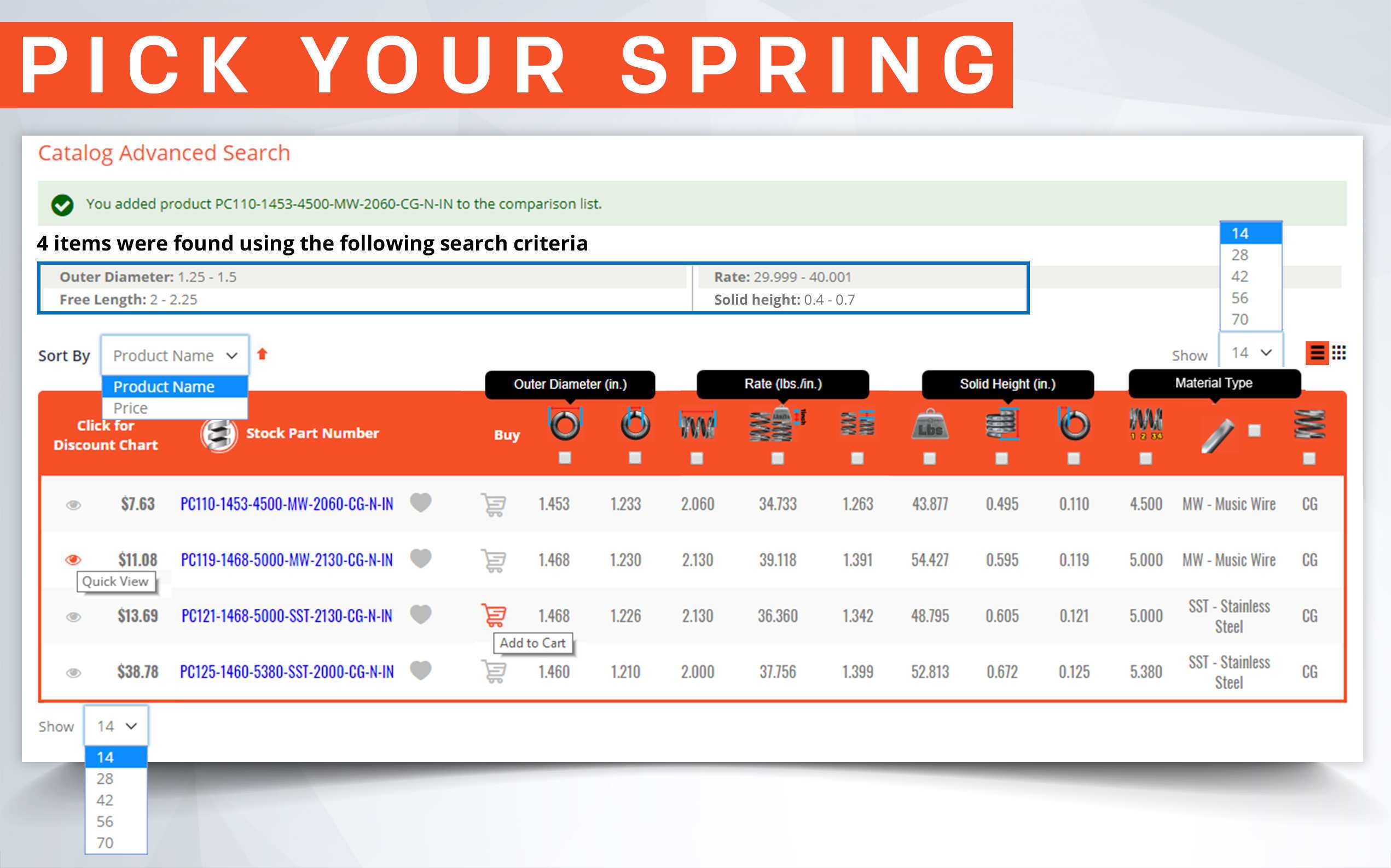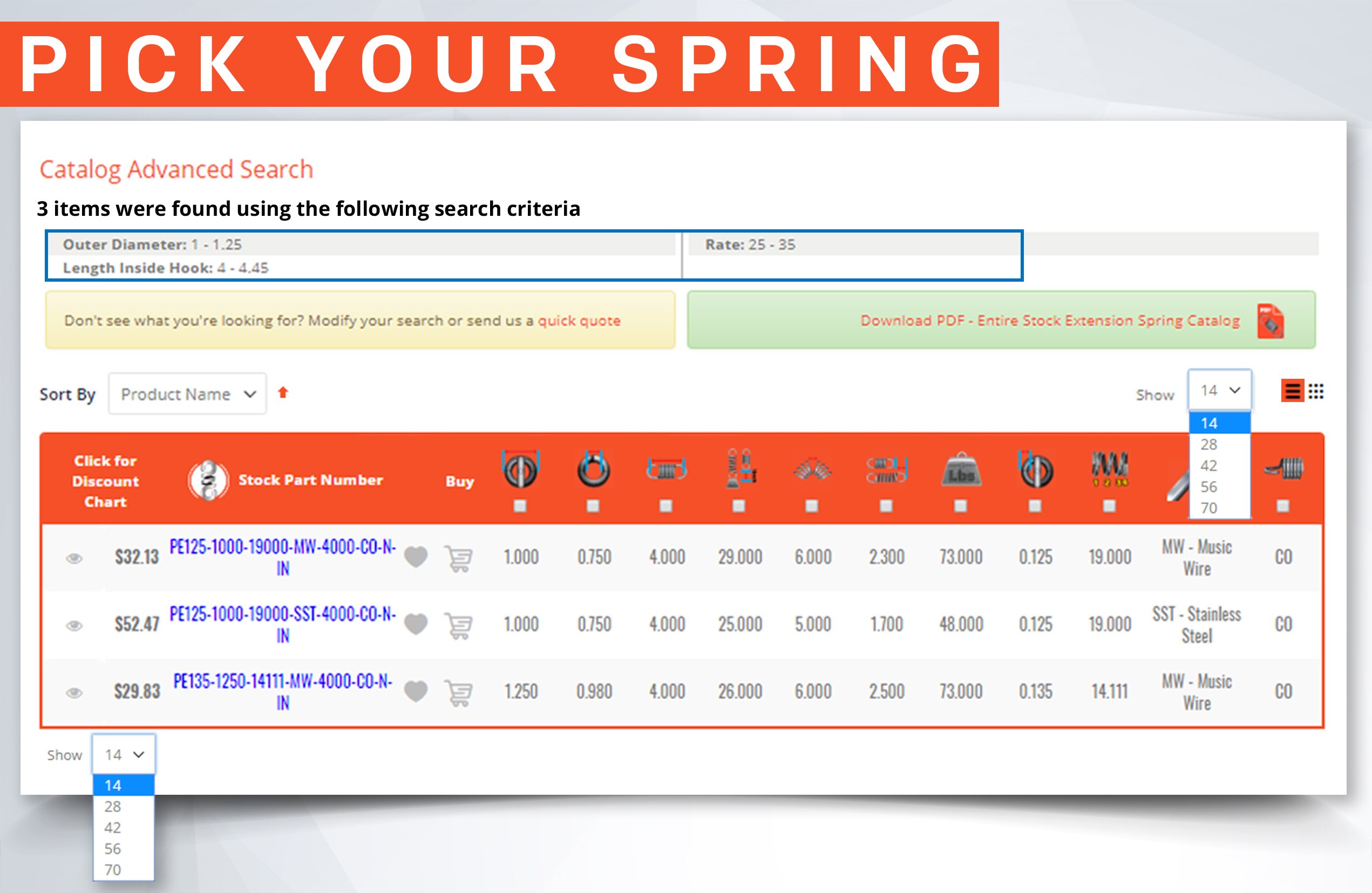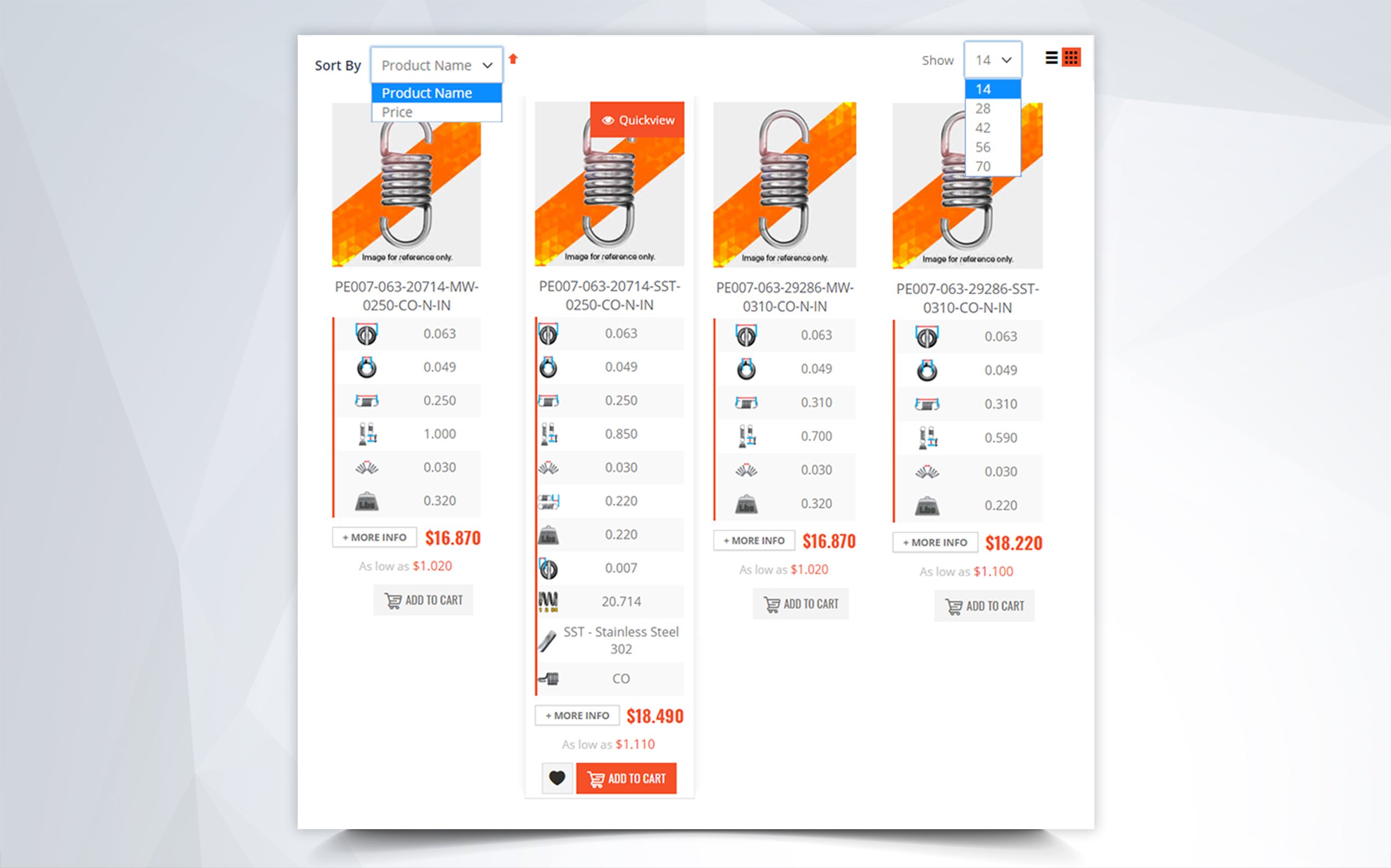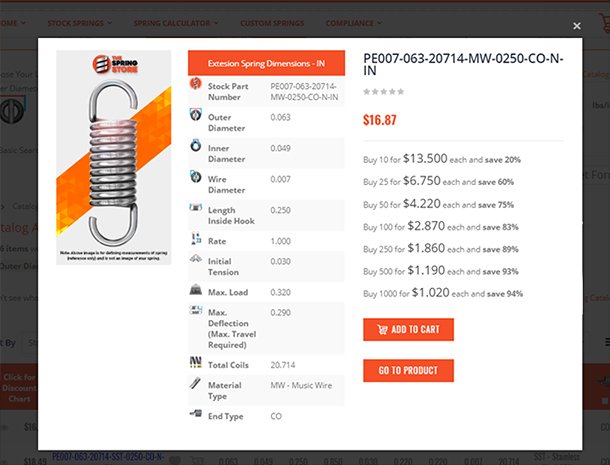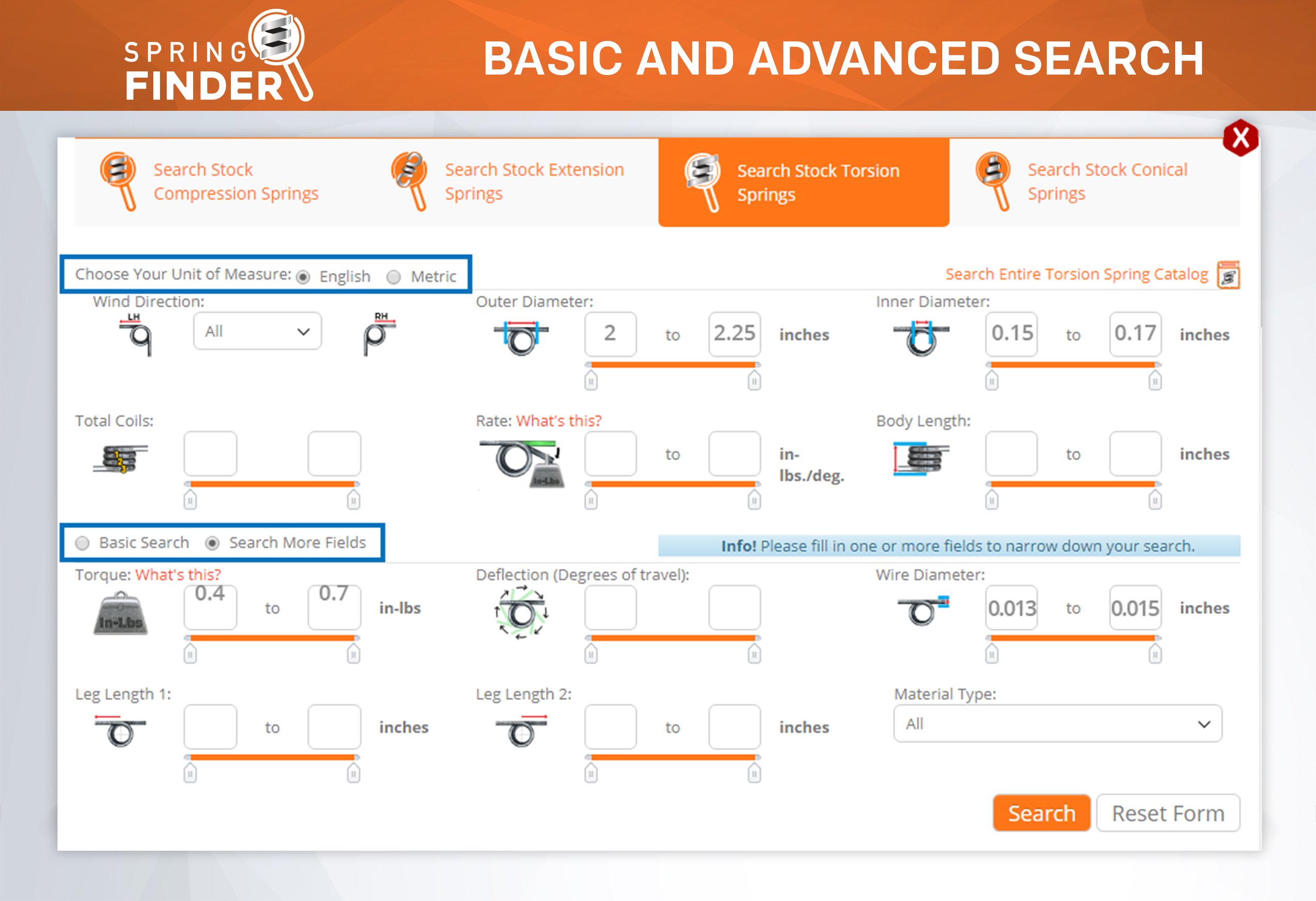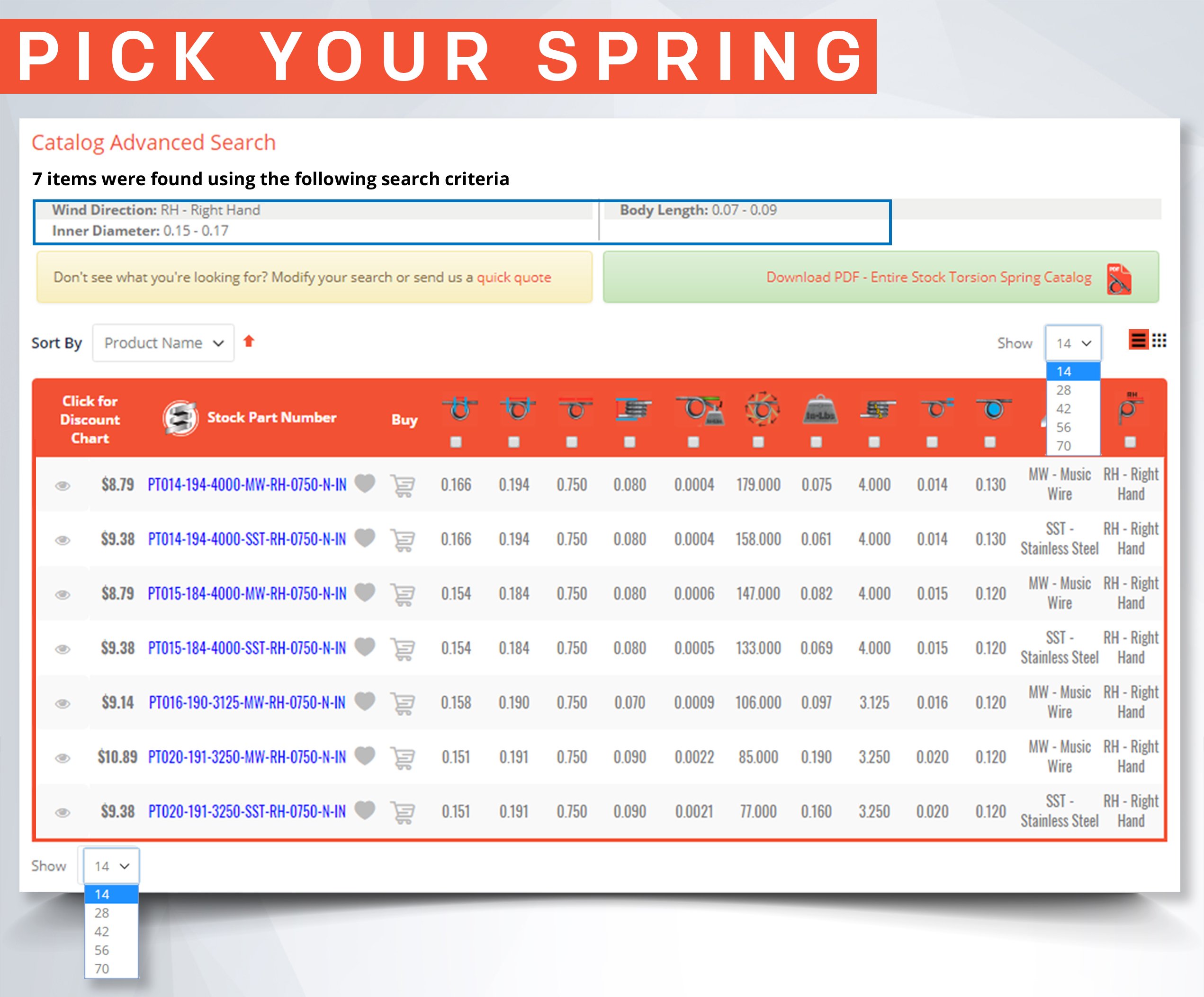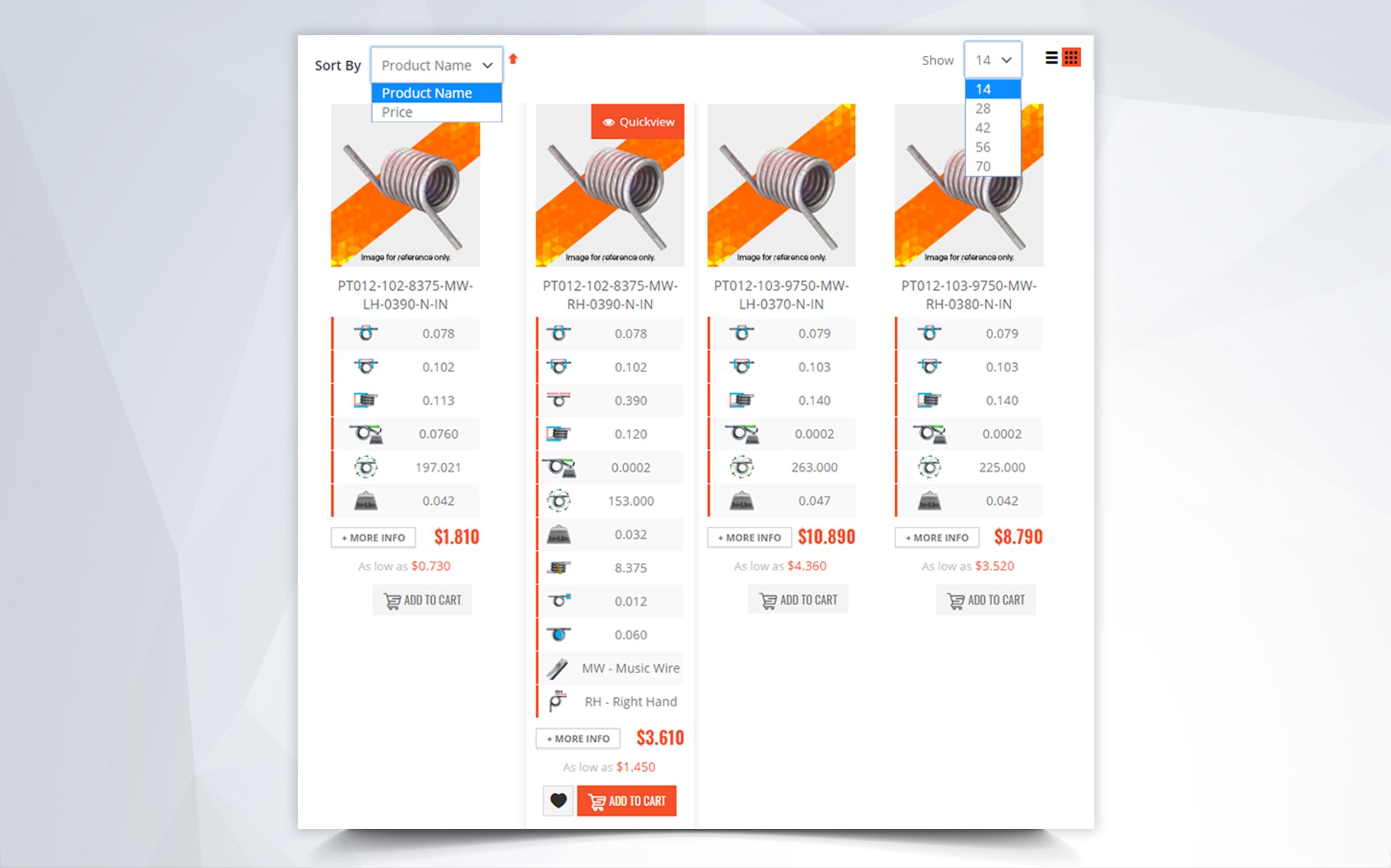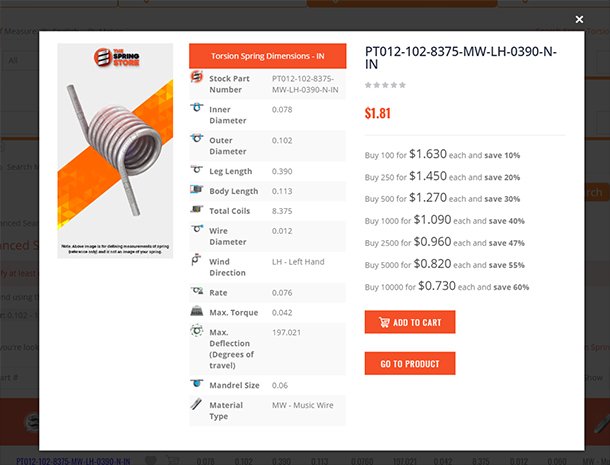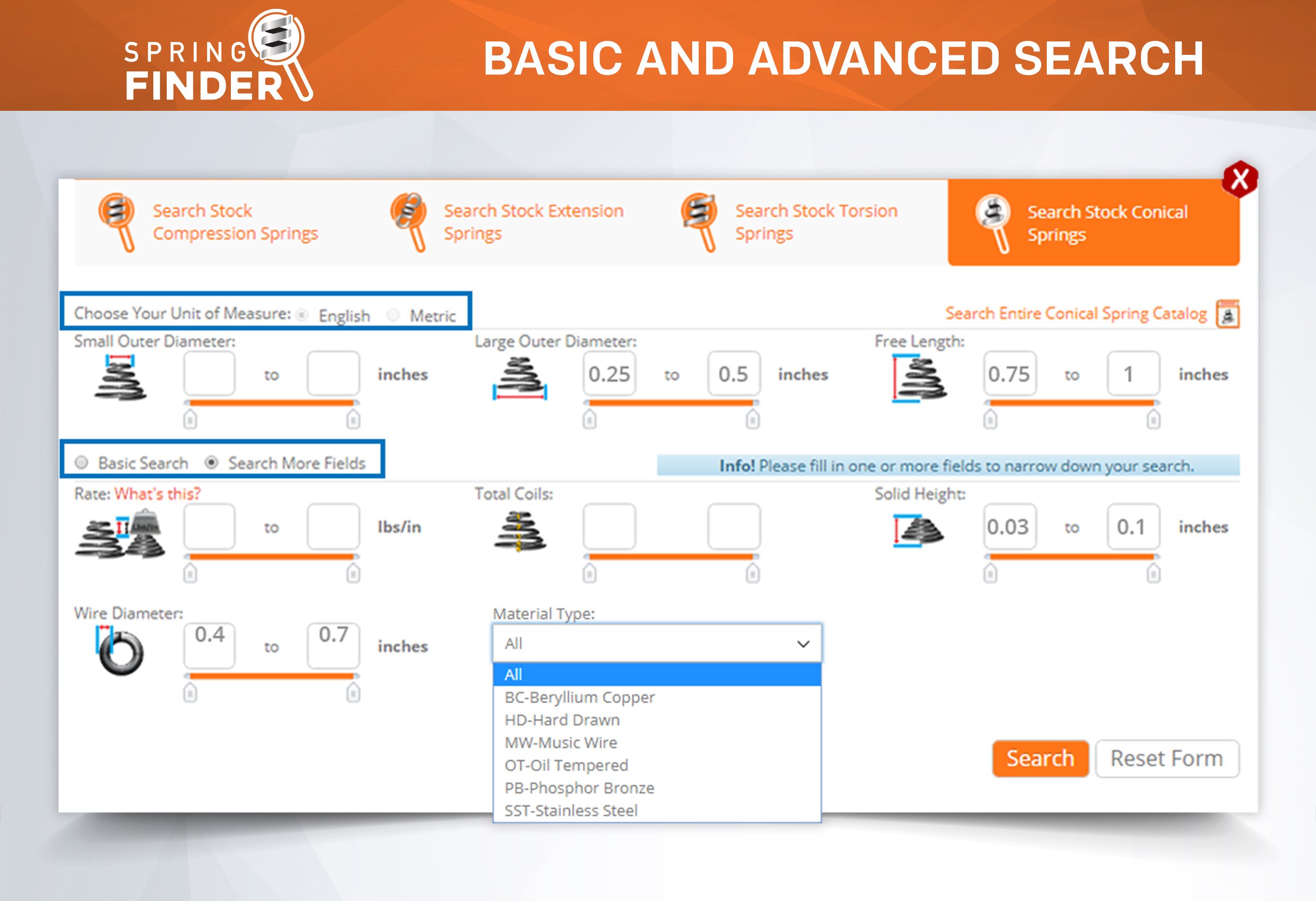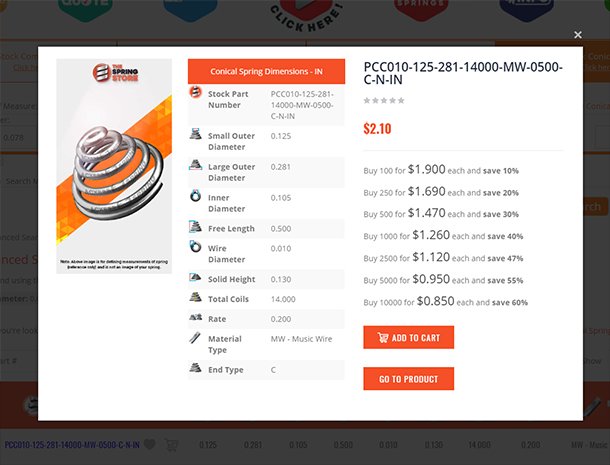Spring Rate Conversion
Spring Rate is the amount of force it’ll take your spring to travel one inch or 1 millimeter. The unit used to measure this load can be pounds or newtons and, in some rare cases, kilograms. This page is to show you how you can convert these values from the english to the metric system of measurement.
How Spring Rate Conversion Works
Spring rate is written out as a fraction. X pounds of force per 1 unit of measurement = x/1. To start the conversion, we must duplicate the fraction but with metric measurements. The examples shown below will show you how to convert spring rate from pounds per inch to newtons per millimeter.
Example A)
Pounds per Inch to Newtons per Millimeter

Multiply the 5 pounds by 4.448 to convert to newtons.
5 x 4.448 = 22.24 newtonsIn order to make the denominator “1” as it is required in order to know rate per 1 millimeter, you must divide it by itself; but what you do to the bottom, you must do to the top so divide the 22.24 newtons by 25.4 as well.
22.24 ÷ 25.4 = 0.875 newtons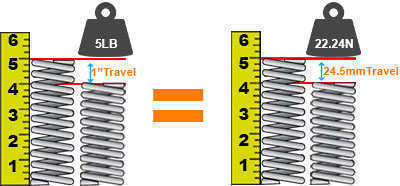
Example B)
Pounds per Inch to Kilograms per Millimeter

Multiply the 5 pounds by 0.4536 to convert to kilograms.
5 x 0.4536 = 2.268 kilogramsIn order to make the denominator “1” as it is required in order to know rate per 1 millimeter, you must divide it by itself; but what you do to the bottom, you must do to the top so divide the 22.24 newtons by 25.4 as well.
2.268 ÷ 25.4 = 0.089 kilograms
Example C)
Newtons per Millimeter to Kilograms per Millimeter

Multiply the 0.875 newtons by 0.102 to convert to kilograms.
0.875 x 0.102 = 0.089 kilograms





